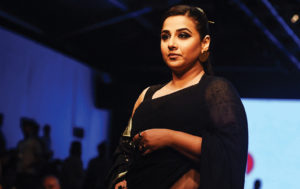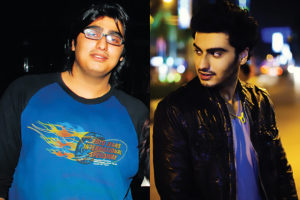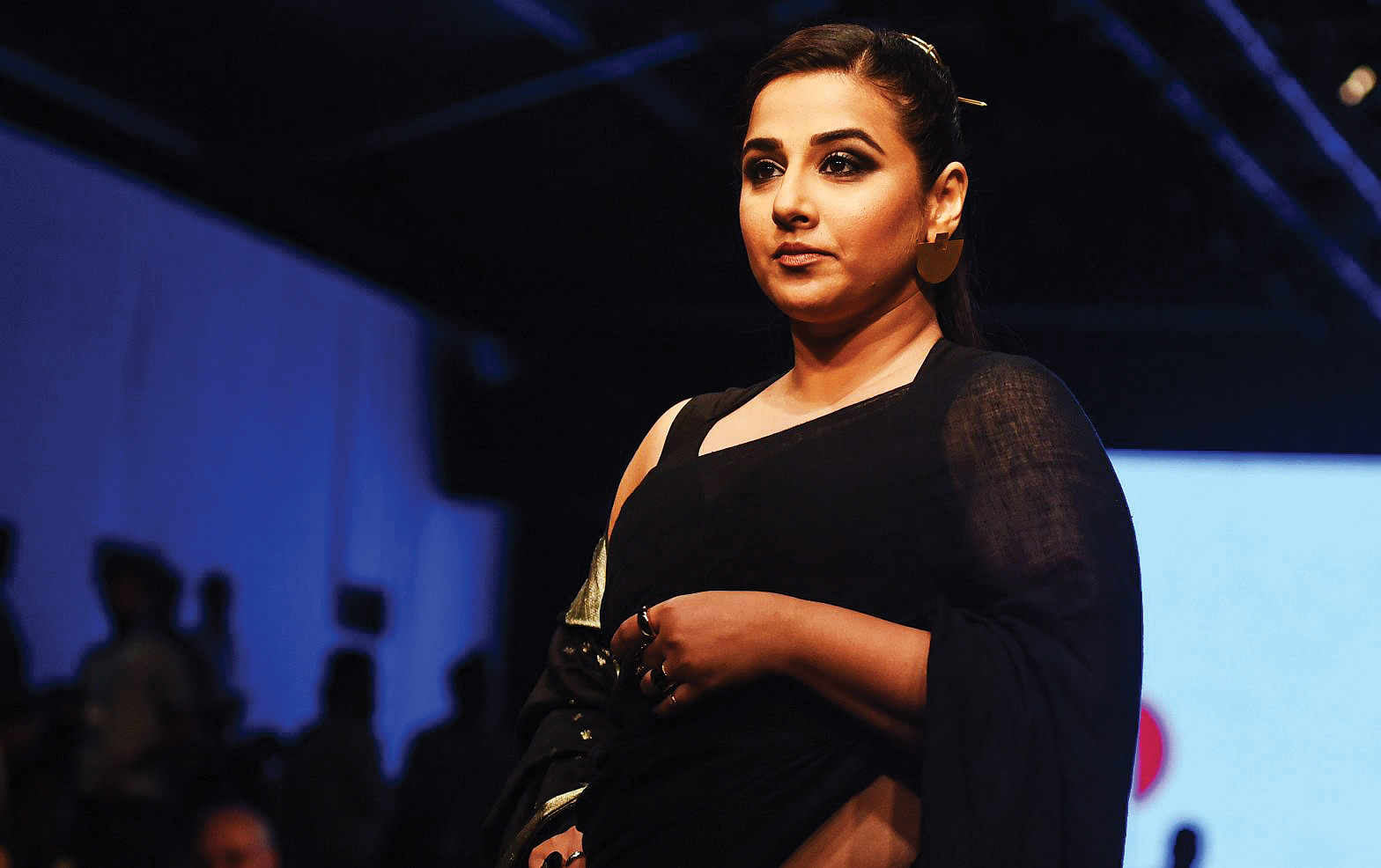Nobody’s perfect. Body shape should stop being a yardstick to judge people as it affects self-esteem
What’s a perfect body shape? A notion that keeps changing with time, depending on the cultural context. There are diverse body types and therefore, varied definitions of an ideal body. And no one body type can claim monopoly on beauty. Of course, with the advent of media and the overwhelming presence of social media, biases have become stereotypes.
The quest for a ‘perfect’ body shape has only added to body shame. And people of all age groups, men and women, dedicate a lot of time, energy and money — restricting the intake of food and sweating it out — even if it requires circumventing a certain genetic makeup that make some prone to accumulating fat, to get into shape. The mindless quest for an elusive slim body could actually destroy health.
Before we proceed, it’s pertinent to list various body types for the record. There are three basic body types. Ectomorph is a term for a lean and angular body shape, long limbs, slender, slim, narrow waist; the person can lose weight easily and have lower levels of body fat but find it more difficult to gain lean muscle mass.
On the other hand, Mesomorphs are strong, athletic and muscular, with well-developed shoulders and slim hips; they are said to have a faster metabolism, and can manage their weight with relatively lesser effort.
Endomorph body types are in the problem zone, with a stocky appearance, a round body shape, short and tapering limbs. They usually have round faces with larger thighs and hips, small hands and feet and a high waist. Even though, people who have this body type can easily build muscle, weight loss is difficult for them.

These three basic body types have been subcategorised into several others, like pear, apple, banana, hourglass, spoon, oval, diamond, inverted triangle and rectangular.
This may seem farcical, but now it’s proven that body shape is one way to judge people and these judgements, over a period of time, become stereotypes. A recent study published in Psychological Science — a journal of the Association for Psychological Science — based on 140 realistic body models, of which 70 were female and 70, found that stereotypes based on body shape can contribute to how we judge and interact with acquaintances and strangers. Therefore, understanding “biases is important for considering how we form first impressions,” explained Ying Hu, a scientist at the University of Texas at Dallas, who’s the first author of the research.
A first of its kind, this study generated three-dimensional renderings of 10 different body dimensions using data from laser scans of actual human bodies. In this way, they could know the precise physical measurements of each body shown in the study. “We wanted to know whether we could link personality descriptor words to body shape in predictable ways,” explained Hu speaking to Asia News International. “That is, do people look at a person’s body and make snap judgments about whether the person is lazy, enthusiastic, or irritable?”
A total of 76 undergraduate participants viewed a set of models, saw each body from two angles, indicated whether 30 trait words shown on screen applied to that body. The trait words, in turn, reflected the big five personality traits, which is a common measure of personality used in psychology research. The positive traits were: enthusiastic and extroverted, while the negative traits were: dominant, quiet, reserved, shy.
Generally, it was found that heavier bodies were associated with more negative traits, such as being lazy and careless, while the lighter bodies were attributed positive traits such as being self-confident and enthusiastic. Classical feminine pear-shaped, and classically masculine broad-shouldered bodies, were associated with “active” traits.
Researchers were of the view that, though, inferring personality traits from body shape is a universal phenomenon, the exact inferences people make vary according to their culture, ethnicity, and even age.
Srishti Narain, a 24-year-old who lives in Noida, studying for the civil services exam, lost some 25 kg in six months last year. “My life is transformed. I feel confident. I like to dress up. There has been a qualitative change in my life for the better.” All are not so lucky. Many can’t transform their reality and therefore, have to accept their body, which can be a very agonising process.
In a recent interview to Filmfare, Vidya Balan explained that she has come to accept her body, but her journey to this acceptance wasn’t so smooth. That she rejected her body all her life and worked hard at accepting herself. “That acceptance isn’t complete yet. It’s still a long way. People don’t understand that when you grow up a fat girl, it doesn’t leave you,” she said.

The slim archetype are on the covers of magazines, walk the ramp, play lead roles in a movie or a serial, and contribute to low self-esteem in others who are made to believe, time and again, in various ways, that they are not good enough. An ample number of studies point to the fact, especially amongst teenagers, that those who are overweight are more likely to report having suicidal thoughts.
Then, there’s a gender bias as well. Many studies and surveys carried out all over the world point that younger women are more likely to take the extreme step of committing suicide than boys. The good news is, with time, as they grow up and become more comfortable with themselves, such suicidal thoughts diminish for both boys and girls, regardless of body image.
The beauty standards have to change. Neerja Birla who founded Mpower that deals with the issue of mental health caused by social stigma, encourages acceptance and helps those suffering from mental illnesses to gain freedom. She understands that slim is beautiful and fair is lovely are mere clichés that still dictate the Indian mindset.
And fat-shaming, colourism, pimples and cellulite are harsh realities that play havoc with the self-esteem of women. She supports positive body initiatives. There’s more to one’s character than mere appearance. She wants young girls not to be swayed by normative references perpetuated by media.
Even Barbie doll, recently, for her ‘60th birthday’, has had a makeover to include different body types, ethnicities and even disabilities. Three new body types — petite, tall and curvy — joined a line-up of the most diverse dolls in terms of skin tone, eye and hair colour. The male counterpart, Ken, too has got a couple of new physiques — a slimmer and a broad-bodied version. This change did good to the brand: now fewer than half of the Barbies sold are the classic white-skinned doll with blonde hair and blue eyes.





